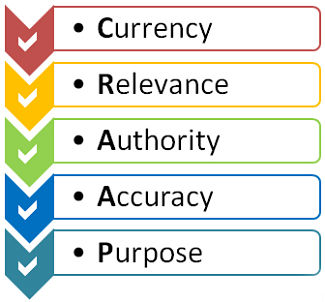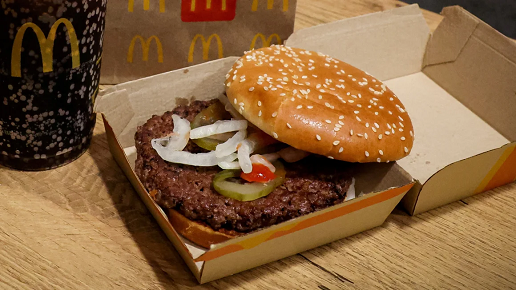Before I go any further, let's make some clear definitions here.
- Definitions
What is a fact? A fact is a statement of information that is empirical - which means "observable" - objective and measurable (Dan Bellack, 2017, Ted Talks). What is misinformation? Misinformation is "incorrect or misleading information inadvertently sent to influence public opinion or obscure the truth". What is disinformation? Disinformation is "false information deliberately and often covertly spread to influence public opinion or obscure the truth". (Yonder) And fake news, defined as fabricated information that mimics news media content in form but not in organizational process or intent (Lazer, D, et al., 2018), is the collective term of the abovementioned.
- In what ways does fake news spread?
Much like a virus, researchers indicate that over time "being exposed to multiple strains of fake news can wear down a person’s resistance and make them increasingly susceptible." The longer a person is exposed to a piece of fake news, the more likely they are to become persuaded or infected." Some sensational headlines may read state something as fact, but then the body of the article says something different. It's called clickbait, which always catches people's attention to make them click on the fake news. Moreover, disinformation may target specific groups of people to strengthen people's biased concepts, and it's often effective because people have already had their misconceptions in their minds and just look for a source to prove they're right.
- What makes it spread faster?
Social media platforms (Facebook, Twitter, Instagram, etc.) have become home to millions of social bots that spread fake news, and their ability to show a large number of news items in a short time means that users might not take the time to research and verify each one. These sites often rely on many shares, likes, or followers who repost fake news and then turn news items into a popularity contest. These pieces of fake news are widely-shared, are possibly seen as facts, or lead to an expectedly significant outcome (Silverman 2016). For example, many commentators have suggested that Donald Trump would not have been elected president were it not for the influence of fake news (Parkinson, 2016). Before the 2016 election, a lot of sensational headlines popped up, such as "Hillary Clinton is not the leader of an underground paedophile ring", catering to an increasing number of conspiracy theorists. So, these kinds of unfavorable posts to Hilary Clinton went viral on Facebook and made Donald Trump a great win in the election.
(For detailed information, please see https://www.theguardian.com/commentisfree/2016/nov/14/fake-news-donald-trump-election-alt-right-social-media-tech-companies)
- Ways to slow the spread of fake news?
Question yourself. According to Parkinson( 2016), to rebuild the trust in online information "is partly down to the media itself: by diversifying for a start, becoming more reflective of demographic makeups. But also, sensible citizens should fight back online". Also, ask yourself, Who is the creator? Figuring out if something is fake news "by looking at the individual who created it, or understanding the organization behind it". Why was this created? Trying to find out the intent behind that fake news may be helpful to verify information before we share it with others — in person or on social media. Apart from the abovementioned means, there is an additional method, the CRAAP test — "look at the content for its currency—the timeliness of the information, relevance—the importance of the information to your needs, authority—the source of the information, accuracy—the reliability and truthfulness of the information, and purpose—the reason the information exists." (Enoch Pratt Library)
 (Source: Enoch Pratt Library)
(Source: Enoch Pratt Library)
For detailed information and cases, please refer to https://stanford.io/2PoaPMP
http://bit.ly/2Te3TCZ
http://bit.ly/3a1Yt4P








